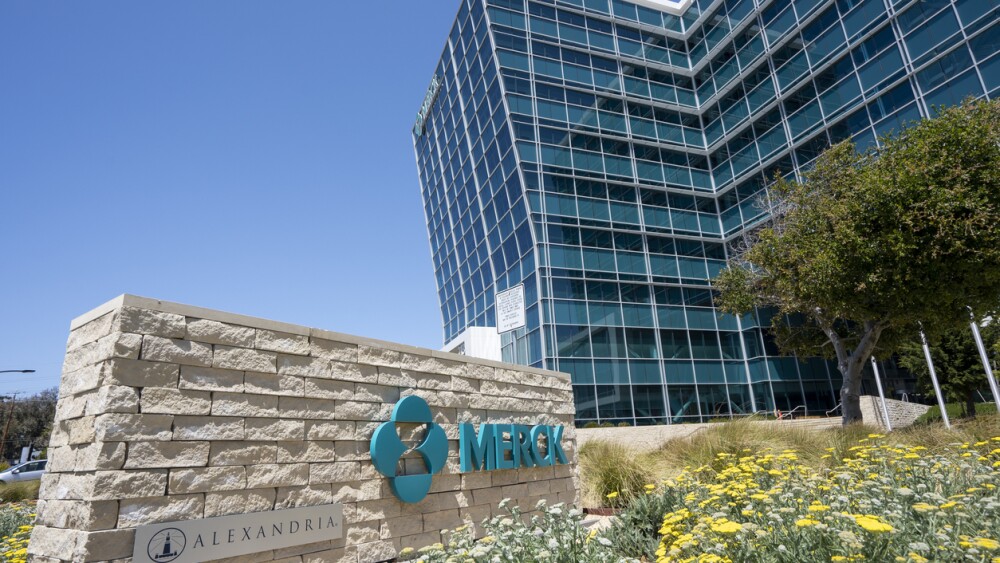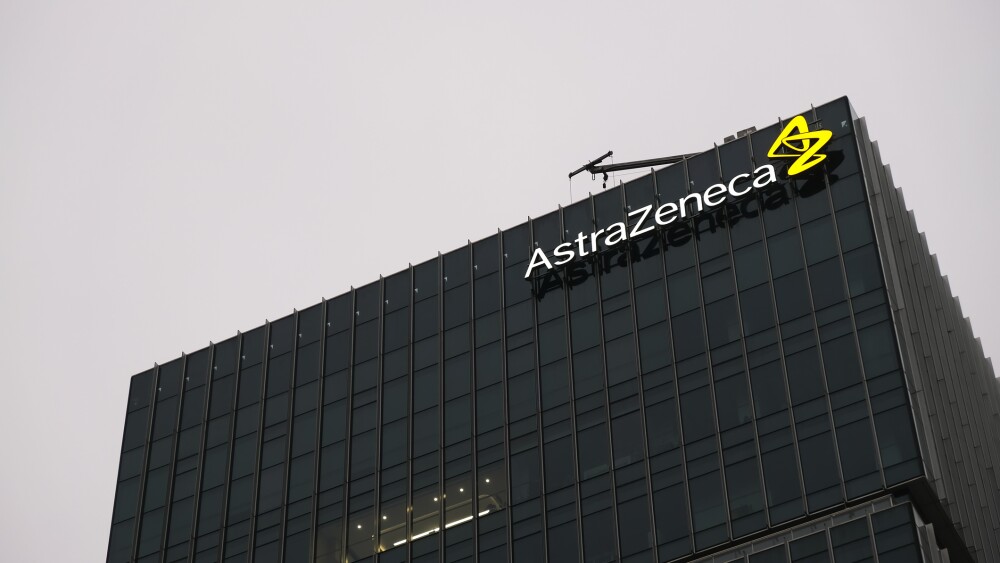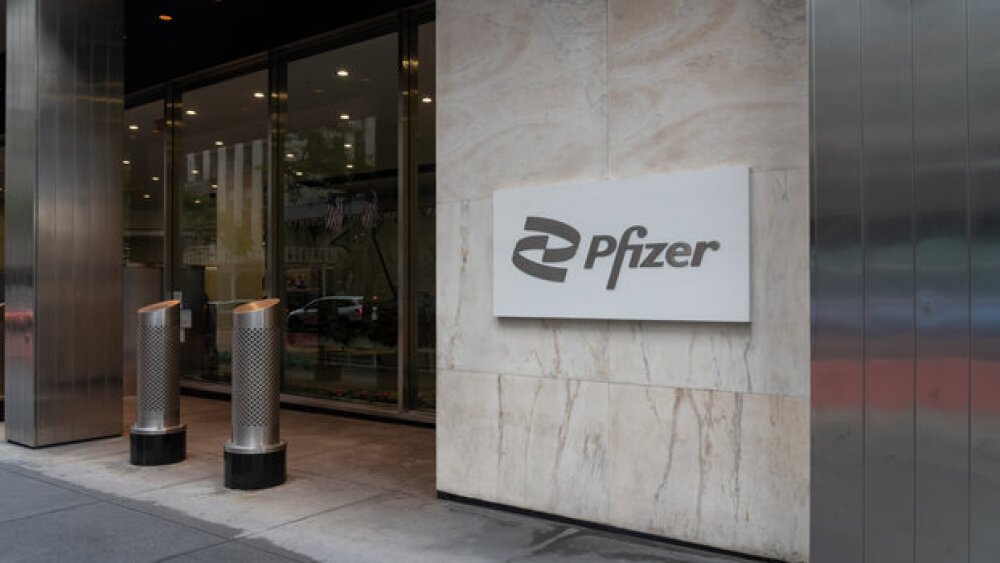The Sagol Center for Hyperbaric Medicine and Research at Shamir Medical Center, one of the largest hyperbaric medicine centers in the world, announced study results indicating its hyperbaric oxygen therapy (HBOT) protocols induce significant improvement in most cognitive domains of patients who suffered stroke – even months to years after the event.
| TEL AVIV, Israel, Feb. 27, 2020 /PRNewswire/ -- The Sagol Center for Hyperbaric Medicine and Research at Shamir Medical Center, one of the largest hyperbaric medicine centers in the world, announced study results indicating its hyperbaric oxygen therapy (HBOT) protocols induce significant improvement in most cognitive domains of patients who suffered stroke – even months to years after the event. The retrospective analysis study, published in Restorative Neurology and Neuroscience, demonstrated that through elevating oxygen concentration in the blood and injured brain tissue, the Sagol Center’s HBOT protocols supply the energy needed for brain tissue recovery – regardless of the stroke location or cause. “Despite nearly half of stroke survivors suffering from differing degrees of cognitive dysfunction, most rehabilitative efforts focus on restoring motor functions,” said Shai Efrati, MD, Director of the Sagol Center for Hyperbaric Medicine and Research, Shamir Medical Center, and study co-author. “Our study shows that stroke-related cognitive deficits can be treated as brain wounds, regardless of the stroke’s location or origin – ischemic or hemorrhagic. The rehabilitation potential lies in the metabolic characteristics of the chronic damage, or brain wound. By utilizing our HBOT protocols, the injured but viable brain tissue can be recovered even years after the acute insult.” Stroke is the second highest cause of mortality and the third leading cause of disability worldwide. When stroke occurs, whether ischemic or hemorrhagic, dysfunction typically presents in the affected brain region and impacts more than one cognitive domain such as memory or attention. Cognitive recovery after stroke mainly transpires within the first 30 days, with some patients gaining additional mild improvement up to 90 days after. The study evaluated the sustained impact of Sagol’s HBOT protocols on all aspects of cognitive function including memory, executive function, visuospatial skills, verbal function, attention, information processing and motor skills. Results demonstrated clinically significant improvement in cognitive function in most evaluated cognitive domains after HBOT. The study found the following:
Of the 351 patients assessed for eligibility, a total of 162 patients met the inclusion criteria for the final analysis. Criteria comprised the receipt of treatment after more than three months post-injury, the completion of the Sagol Center HBOT protocols and at least two cognitive evaluations, conducted using a fully computerized cognitive testing battery (NeuroTrax test battery®). Patients were treated in a multi-place hyperbaric chamber at the Sagol Center. “This is the largest cohort of stroke patients who have undergone strict cognitive, imaging and neurological assessments to evaluate the rehabilitation potential of HBOT treatment,” said Amir Hadanny, MD, Chief Medical Research Officer at the Sagol Center for Hyperbaric Medicine and Research, Shamir Medical Center, and lead author of the study. “To identify the true cognitive and clinical impact of our protocols, all patients were evaluated with two validated alternate forms of the cognitive test battery prior to and post-HBOT. Significant improvements were demonstrated in all cognitive domains including memory, information processing speed, attention and executive functions. We are thrilled to bring a new hope to stroke patients worldwide.” About the Sagol Center for Hyperbaric Medicine and Research at Shamir Medical Center The Sagol Center for Hyperbaric Medicine and Research at Shamir Medical Center (formerly Assaf Harofeh Medical Center), is a leader in advancing our understanding of the impact of hyperbaric medicine on cognitive and physical function. Serving as one of the largest Hyperbaric centers worldwide, the Sagol Center offers highly advanced large multi-place chambers, treating more than 200 patients daily. Research conducted at the Center has proven that brain rejuvenation is possible across a wide range of neurological pathologies and illnesses. Media Contact:
SOURCE The Sagol Center for Hyperbaric Medicine and Research |




